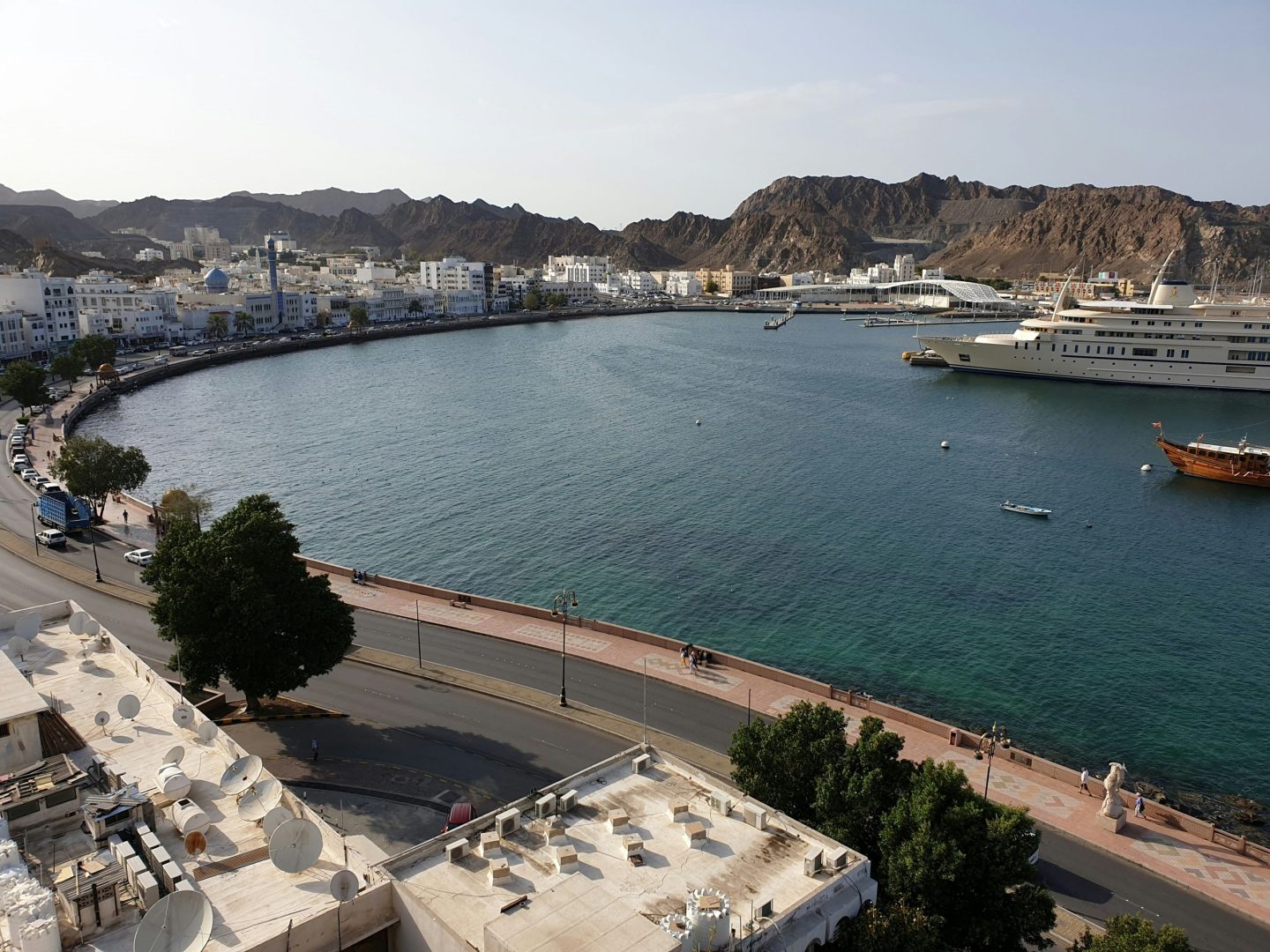Key Takeaways
- Oman’s mobile subscriptions reached 8.13 million, with IoT connections soaring by 118.7% to 1.55 million.
- The government is investing $441.5 million in digital transformation, aiming for 80% of services to be digitized by 2025.
- Oman is on track to increase the digital economy’s GDP contribution from 3% in 2025 to 10% by 2040.
Rapid Growth in Oman’s Telecom Sector
Oman’s telecommunications sector is experiencing significant growth, driven by a nationwide initiative to modernize digital services and infrastructure. According to data from Oman’s National Centre for Statistics and Information (NCSI), mobile subscriptions surged to 8.13 million by May 2023, while the Internet of Things (IoT) connections rose by 1.55 million—an impressive increase of 118.7% compared to the previous year. This growth is closely aligned with Oman Vision 2040, which seeks to diversify the economy and enhance public services.
To support these goals, Oman has been expanding its fiber optic networks and enhancing fixed 5G connections, crucial for improving internet access. Market research firm Mordor Intelligence highlights that substantial public investment is a significant driving force behind this momentum. In 2022, the government launched a $441.5 million digital transformation program to modernize public services and make them more accessible online.
The Digital Economy Program aims to raise the digital economy’s contribution to GDP from 3% in 2025 to 5% by 2030 and eventually to 10% by 2040. Under this plan, the government targets digitizing around 80% of its services by 2025. NCSI data indicates progress in this direction, with postpaid mobile subscriptions increased by 5.6% year-over-year, reaching 1.23 million by the end of May, while prepaid mobile plans grew by 3.1% to over 5.33 million.
The rising use of mobile broadband is also noteworthy, with subscriptions climbing to 5.41 million. Fixed broadband saw a modest year-on-year growth of 2.6%, totaling approximately 588,000 subscriptions. Within this category, fiber optic services have expanded notably—growing over 11% to reach more than 339,000 connections. Conversely, older services are being phased out, with fixed 4G subscriptions declining sharply by over 38% to about 19,600.
These developments are part of the government’s Tahawul program aimed at digitizing public services further and enhancing citizen engagement with government agencies. By November, the program achieved 73% of its performance targets, up from 53% in the previous year. Major government bodies, including the Telecommunications Regulatory Authority, have attained levels of “digital excellence.” Furthermore, large-scale platforms like a unified e-government portal have processed over 1.4 billion data transactions to date.
Digital services are gaining traction, with Oman reporting nearly 27 million digital government transactions in 2024. If current trends continue, 80% of essential government services will be fully accessible online by 2025. While many nations struggle with digital transformation, Oman is making significant strides, bolstered by public infrastructure projects, enhanced internet access, and substantial policy support. The rapid increase in IoT and broadband connectivity signals that the private sector is adapting in conjunction with public initiatives.
With ongoing investments and clear targets, Oman is positioning itself for a future characterized by advanced technology, reliable internet, and smart services that will become integral to everyday life.
The content above is a summary. For more details, see the source article.















